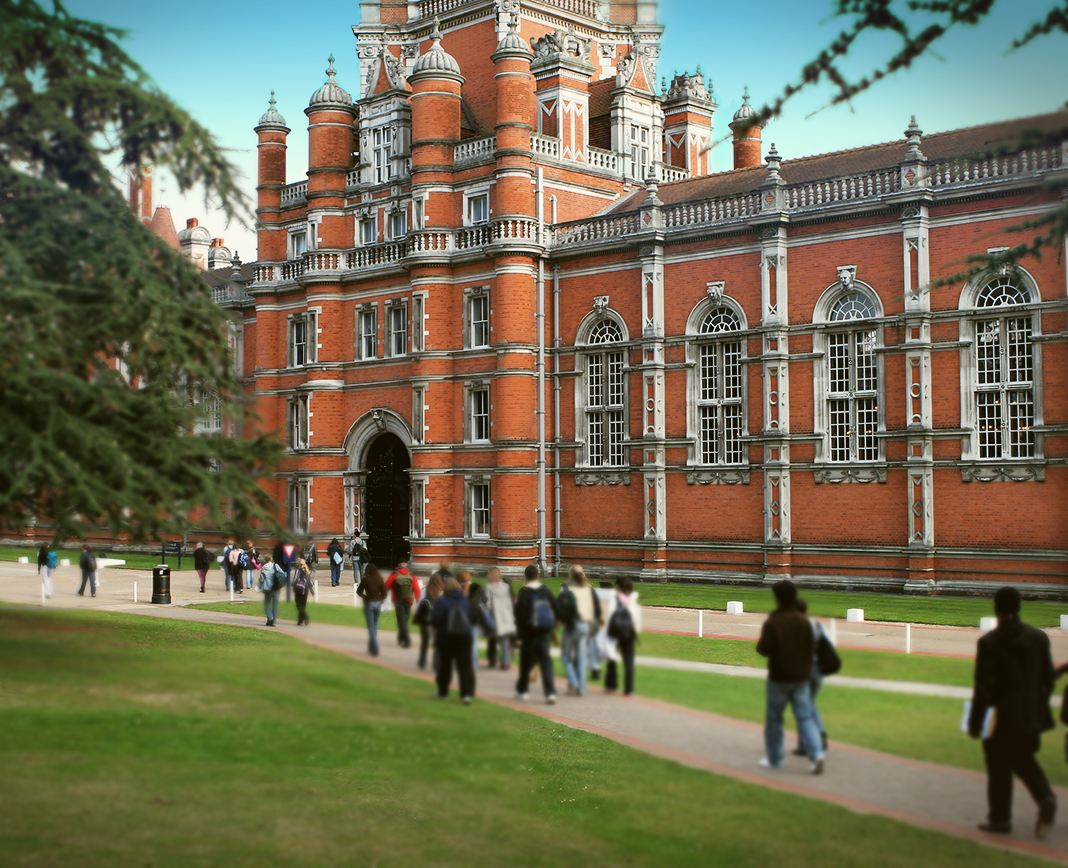Nabi Na Naam Pdf Downloadl: Learn the 99 Names of Allah and Their Meanings
- tupox8
- Aug 17, 2023
- 4 min read
Thus it is not the beloved prophet nor are the rightly guided khalifahs who endorsed eid milad-un-nabi (celebrating birth day of prophet) in to Islam. It is above mentioned persons who did so. And our beloved prophet has guided us regarding these newly invented things in islam:
Nabi Na Naam Pdf Downloadl
Download Zip: https://tinurli.com/2vFZLy
Tetrahydrocannabinol (THC) and cannabidiol (CBD) are the two most abundant cannabinoids found naturally in the resin of the marijuana plant, both of which are pharmacologically active due to their interaction with cannabinoid receptors that are found throughout the body 5. While both CBD and THC are used for medicinal purposes, they have different receptor activity, function, and physiological effects. If not provided in their activated form (such as through synthetic forms like Nabilone or Dronabinol), THC and CBD are obtained through conversion from their precursors, tetrahydrocannabinolic acid-A (THCA-A) and cannabidiolic acid (CBDA), through decarboxylation reactions. This can be achieved through heating, smoking, vaporization, or baking of dried unfertilized female cannabis flowers.
From a pharmacological perspective, Cannabis' diverse receptor profile explains its potential application for such a wide variety of medical conditions. Cannabis contains more than 400 different chemical compounds, of which 61 are considered cannabinoids, a class of compounds that act upon endogenous cannabinoid receptors of the body 6. The endocannabinoid system is widely distributed throughout the central and peripheral nervous system (via the Cannabinoid Receptors CB1 and CB2) and plays a role in many physiological processes such as inflammation, cardiovascular function, learning, pain, memory, stress and emotional regulation, and the sleep/wake cycle among many others 7. CB1 receptors are found in both the central and peripheral nervous system, and are most abundant in the hippocampus and amygdala, which are the areas of the brain responsible for short-term memory storage and emotional regulation. CB2 receptors are mainly located in the peripheral nervous system and can be found on lymphoid tissue where they are involved in regulation of immune function 8.
In Canada, the United States, the United Kingdom and Mexico, nabilone is marketed as Cesamet. It was approved in 1985 by the United States FDA for treatment of chemotherapy-induced nausea and vomiting that has not responded to conventional antiemetics. Though it was approved by the FDA in 1985, the drug only began marketing in the United States in 2006. It is also approved for use in treatment of anorexia and weight loss in patients with AIDS.
Nabilone is an orally active synthetic cannabinoid which, like other cannabinoids, has complex effects on the central nervous system (CNS). It has been suggested that the antiemetic effect of nabilone is caused by interaction with the cannabinoid receptor system, i.e., the CB (1) receptor, which is a component of the endocannabinoid system of the body.
The endocannabinoid system is widely distributed throughout the central and peripheral nervous system (via the Cannabinoid Receptors CB1 and CB2) and plays a role in many physiological processes such as inflammation, cardiovascular function, learning, pain, memory, stress and emotional regulation, and the sleep/wake cycle among many others 7. CB1 receptors are found in both the central and peripheral nervous system, and are most abundant in the hippocampus and amygdala, which are the areas of the brain responsible for short-term memory storage and emotional regulation. CB2 receptors are mainly located in the peripheral nervous system and can be found on lymphoid tissue where they are involved in regulation of immune function 8.
Nabilone appears to be completely absorbed from the human gastrointestinal tract when administered orally. Following oral administration of a 2 mg dose of radiolabeled nabilone, peak plasma concentrations of approximately 2 ng/mL nabilone and 10 ng equivalents/mL total radioactivity are achieved within 2.0 hours.
The route and rate of the elimination of nabilone and its metabolites are similar to those observed with other cannabinoids, including delta-9-THC (dronabinol). When nabilone is administered intravenously, the drug and its metabolites are eliminated mainly in the feces (approximately 67%) and to a lesser extent in the urine (approximately 22%) within 7 days. Of the 67% recovered from the feces, 5% corresponded to the parent compound and 16% to its carbinol metabolite. Following oral administration about 60% of nabilone and its metabolites were recovered in the feces and about 24% in urine. Therefore, it appears that the major excretory pathway is the biliary system.
Sir mai ek ladis se bahut pyar karta Hu wo sadi suda thi lekin uske husband ne us par janlewa hamala kiya mere ghar walon ne us ladkI ki jaan bachai aur use apne ghar par saran di is beech wo mere kafi kareeb aa gayi a baat mere ghar walon ko pata chal gayi aur use aur mujhe kafi dant padi aur wo apna room band kar ke kahi chali gayi hai uska naam neetu hai wo bhi mujhse bahut pyar karati hai hum ek dusare ka saath kabhi nahi chodana chahte aap plg kisi use mere pass wapas bhej ne ka upay kariye jab se wo gayi haI mera man nahi lagta har time usi ke baare me sochta rahate hain plg help me
Being a servant of Musa he was close to the Revelation, close to the teacher (Musa) and he was a righteous student of this teacher. And so, when Musa, 'alayhis-salam, passed away, the leadership of Bani Isra'il was passed down to Yusha ibn Nun, and he became their nabi. 2ff7e9595c


Comments